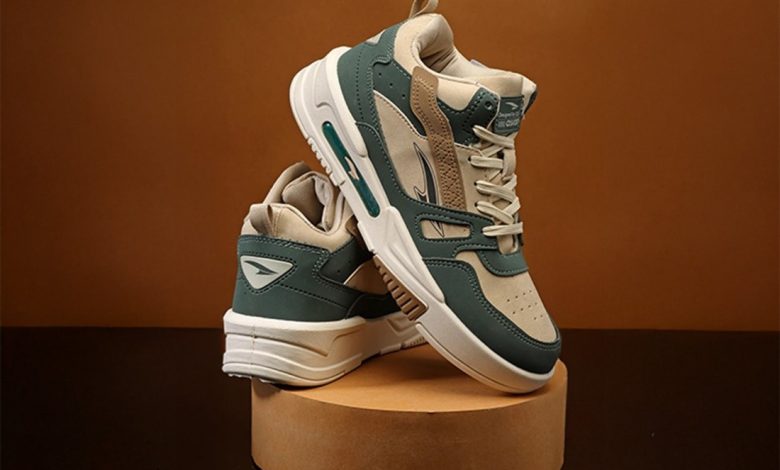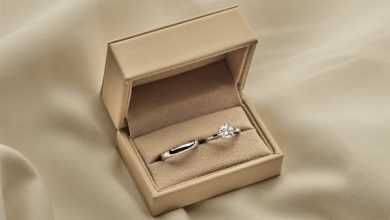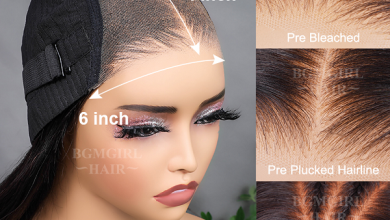The Ultimate Guide to Choosing Kids Sports Shoes

TL;DR:
- Kids sports shoes need proper fit, cushioning, and support for growing feet
- Look for breathable materials, flexible forefronts, and sturdy heel counters
- Leave about a thumb’s width of space for growth
- Replace shoes every 3-6 months as children grow quickly
- Proper footwear prevents injuries and supports healthy foot development
Choosing the right sports shoes for your kids isn’t just about finding something that looks cool. The wrong footwear may cause discomfort, blisters, and even injuries. The right pair supports their growing feet and keeps them active and happy.
Let’s explore what you need to know when shopping for kids sports shoes.
Why Proper Sports Shoes Matter
Children’s feet are still developing. They need shoes that support healthy growth while handling the demands of running, jumping, and playing.
Poor-fitting shoes can cause problems like:
- Blisters and calluses
- Toe deformities
- Arch problems
- Knee and hip pain
- Reduced athletic performance
Quality kids sneakers protect growing feet and help prevent these issues.
Key Features to Look For
Proper Fit
There should be about a thumb’s width of space between the longest toe and the end of the shoe. The heel must fit snugly without slipping.
Your child should be able to wiggle their toes freely. If they can’t, the shoes are too tight.
Cushioning and Support
A cushioned midsole and a flexible forefoot allow your child to move easily. This absorbs impact during high-energy activities.
Breathable Materials
Look for shoes with mesh overlays or panels along the upper for breathability and comfort. This keeps feet cool and dry during exercise.
Sweaty feet lead to odour and discomfort. Breathable materials solve this problem.
Flexibility
The shoe must bend at the ball of the foot, not in the middle. This natural flex point supports proper walking and running mechanics.
Test this by holding the heel and pressing on the toe. The shoe should flex where your child’s foot naturally bends.
Durable Construction
Kids are tough on shoes. Look for reinforced toe caps and quality stitching. These features extend the life of the shoes.
Branded Sports Shoes for Kids: Worth the Investment?
Branded sports shoes for kids often cost more, but they’re usually worth it. Established brands invest in research and development to make shoes that support growing feet properly.
Reputable manufacturers understand biomechanics and use quality materials.
Benefits of branded options:
- Better arch support
- Superior cushioning technology
- Longer-lasting materials
- Proper sizing consistency
- Better warranty policies
You’re not just paying for a logo. You’re investing in your child’s foot health.
Comfortable Footwear for Kids: What Makes the Difference
Comfortable footwear for kids goes beyond soft padding. True comfort comes from proper fit, appropriate support, and quality materials working together.
Watch how your child walks in new shoes. They should move naturally without any awkward steps or complaints of pinching.
Signs of comfortable shoes:
- No red marks on feet after wearing
- Child doesn’t complain of rubbing
- Natural, confident stride
- No limping or favouring one foot
- Willingness to wear them for extended periods
Lightweight Shoes for School Sports
Lightweight shoes for school sports help children move faster and tire less quickly. Heavy shoes slow kids down and make physical activity feel like work.
Modern sports shoes use advanced materials that provide support without unnecessary weight. This is particularly important for PE lessons and after-school sports clubs.
Look for synthetic uppers rather than leather. They’re lighter and dry faster when they get wet on the playing field.
Trendy Sneakers for Boys and Girls
Kids care about style. Trendy sneakers for boys and girls keep children excited about wearing proper footwear.
The good news? Most quality sports shoe brands offer fashionable designs. You don’t have to choose between function and style.
Shopping Tips for Parents
Measure Both Feet
One foot is often larger than the other. Always fit to the larger foot.
Shop Later in the Day
Feet swell throughout the day. Afternoon or evening shopping ensures a better fit.
Bring the Right Socks
Have your child wear the type of socks they’ll use for sports. This affects fit.
Let Them Test Walk
Children should walk, jump, and move around the shop. This reveals any fit issues before purchase.
Check Return Policies
Even with careful fitting, shoes might not work out. Know your return options.
Common Mistakes to Avoid
Buying Too Large for Growth
While you want room for growth, shoes that are too big cause blisters and affect performance. Stick to that thumb’s width guideline.
Ignoring Your Child’s Feedback
If your child says shoes hurt, believe them. Discomfort won’t go away with wearing.
Choosing Fashion Over Function
Cool designs matter, but proper fit and support come first.
Keeping Shoes Too Long
Shoes that are too small cause serious problems. Replace them promptly.
The Bottom Line
Investing in proper kids sports shoes protects your child’s developing feet and supports their active lifestyle. Quality footwear prevents injuries, improves performance, and keeps children comfortable during play.
Focus on fit, support, and breathability. Choose reputable brands when possible. Let your child participate in style choices while you ensure the technical requirements are met.




